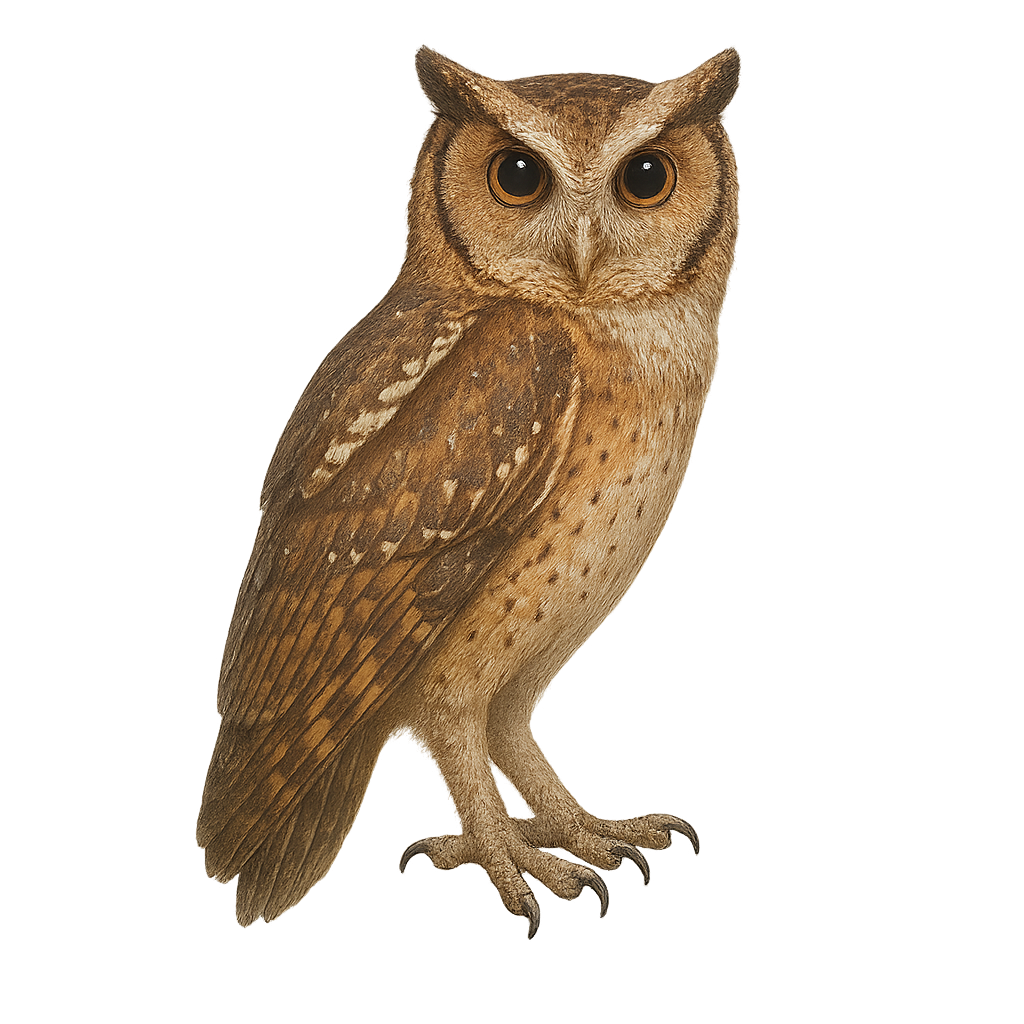Your wildlife photography guide.
Explore the white-fronted scops owl in detail, study its behavior, prepare your shots.
Where to observe and photograph the white-fronted scops owl in the wild
Learn where and when to spot the white-fronted scops owl in the wild, how to identify the species based on distinctive features, and what natural environments it inhabits. The WildlifePhotographer app offers tailored photography tips that reflect the white-fronted scops owl’s behavior, helping you capture better wildlife images. Explore the full species profile for key information including description, habitat, active periods, and approach techniques.
White-fronted Scops Owl
Scientific name: Otus sagittatus

IUCN Status: Least Concern
Family: STRIGIDAE
Group: Birds
Sensitivity to human approach: Suspicious
Minimum approach distance: 10 m
Courtship display: February to March
Incubation: 26-28 jours
Hatchings: March to April
Habitat:
tropical forests, subtropical forests
Activity period :
Mainly active at night, generally discreet during the day.
Identification and description:
The White-fronted Scops Owl, Otus sagittatus, is a medium-sized bird belonging to the Strigidae family. It is characterized by its prominent ear tufts and reddish-brown plumage speckled with white, allowing it to blend into its forest environment. This owl is primarily nocturnal and inhabits the tropical and subtropical forests of Southeast Asia, including Thailand, Malaysia, and Indonesia. It feeds mainly on small mammals, insects, and occasionally small birds. Although discreet, its melodious call can be heard at night. Habitat destruction poses a threat to its population, although it is not currently considered endangered.
Recommended lens:
400mm – adjust based on distance, desired framing (portrait or habitat), and approach conditions.
Photography tips:
To photograph the White-fronted Scops Owl, it is advisable to use a 400mm lens or longer to capture detailed images from a distance. Being a nocturnal bird, it is best to photograph it at dusk or dawn when the light is soft. Use a tripod to stabilize your camera and prevent motion blur. Be patient and discreet to avoid scaring the bird. Opt for high ISO settings to compensate for low light and achieve sharp images.
The WildlifePhotographer App is coming soon!
Be the first to explore the best nature spots, track rutting seasons, log your observations, and observe more wildlife.
Already 1 431 wildlife lovers subscribed worldwide

